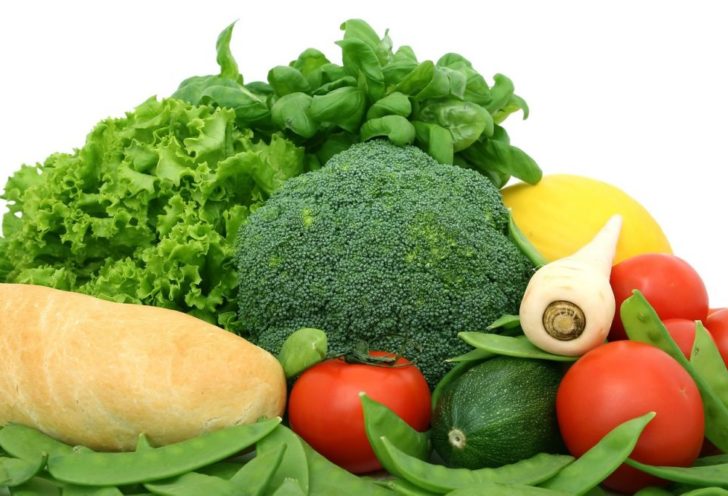Raw Food Diet: A Comprehensive Guide to Healthy Eating

Introduction
The concept of a raw food diet has gained significant popularity in recent years, as individuals strive to adopt healthier lifestyles. This article will provide an in-depth overview of the raw food diet, exploring its various types, popular variations, and the quantifiable measurements associated with this dietary approach. Furthermore, we will discuss the differences between different raw food diets, examine their historical advantages and disadvantages, and provide valuable insights for individuals looking to incorporate this nutritional regimen into their lives.
1. An In-Depth Overview of the Raw Food Diet

The raw food diet, also known as raw foodism, emphasizes the consumption of unprocessed and uncooked foods. The philosophy behind this dietary approach revolves around the belief that cooking diminishes the nutritional value of foods, leading to a depletion in enzymes, vitamins, and minerals. By consuming raw foods, proponents argue that individuals can maintain optimal health and enhance overall well-being. This section will delve into the principles behind the raw food diet and its potential benefits.
2. Presentation of Raw Food Diet Types and Popularity
The raw food diet encompasses various types, depending on the level of food processing allowed. These types include raw veganism, raw omnivorism, and raw vegetarianism. In this section, we will provide an extensive presentation of each type, outlining their key characteristics, dietary restrictions, and popular food choices. Additionally, we will explore the reasons behind the popularity of specific raw food diets, examining the underlying factors that attract individuals to these nutritional approaches.
3. Quantitative Measurements of Raw Food Diet
To provide a comprehensive understanding of the raw food diet, it is essential to discuss the quantitative measurements associated with this eating pattern. This section will explore the macronutrient and micronutrient composition of raw food diets, highlighting the essential nutrients that individuals need to monitor when adopting this dietary approach. We will delve into the potential pitfalls and benefits of the raw food diet and explore evidence-based research on its impact on weight management, nutrient adequacy, and overall health outcomes.
4. Differences Between Different Raw Food Diets
Despite the overarching philosophy of consuming raw foods, different types of raw food diets exhibit unique characteristics, restrictions, and benefits. This section will discuss how raw veganism differs from raw omnivorism and raw vegetarianism. We will explore the sources of protein, fat, and carbs in each type and analyze the potential implications for nutritional adequacy and overall health. By understanding these differences, readers will have a clearer picture of which raw food diet aligns with their preferences and dietary goals.
5. Historical Review of Pros and Cons of Raw Food Diets
The advantages and disadvantages of raw food diets have garnered attention from nutritionists, health experts, and scientists throughout history. This section will provide a historical overview of the benefits and drawbacks associated with various raw food diets. By understanding the evolution of perspectives on raw foodism, readers will gain insights into the potential challenges they may encounter and the precautions they need to take when adopting this dietary approach.
Conclusion
The raw food diet offers individuals a unique and holistic approach to healthy eating. By embracing unprocessed and uncooked foods, individuals can tap into the nutritional potential of fresh produce and enhance overall wellness. This article has provided a comprehensive overview of the raw food diet, exploring its various types, quantifiable measurements, and historical advantages and disadvantages. Armed with this knowledge, readers can make informed decisions about incorporating this dietary approach into their lives.





















